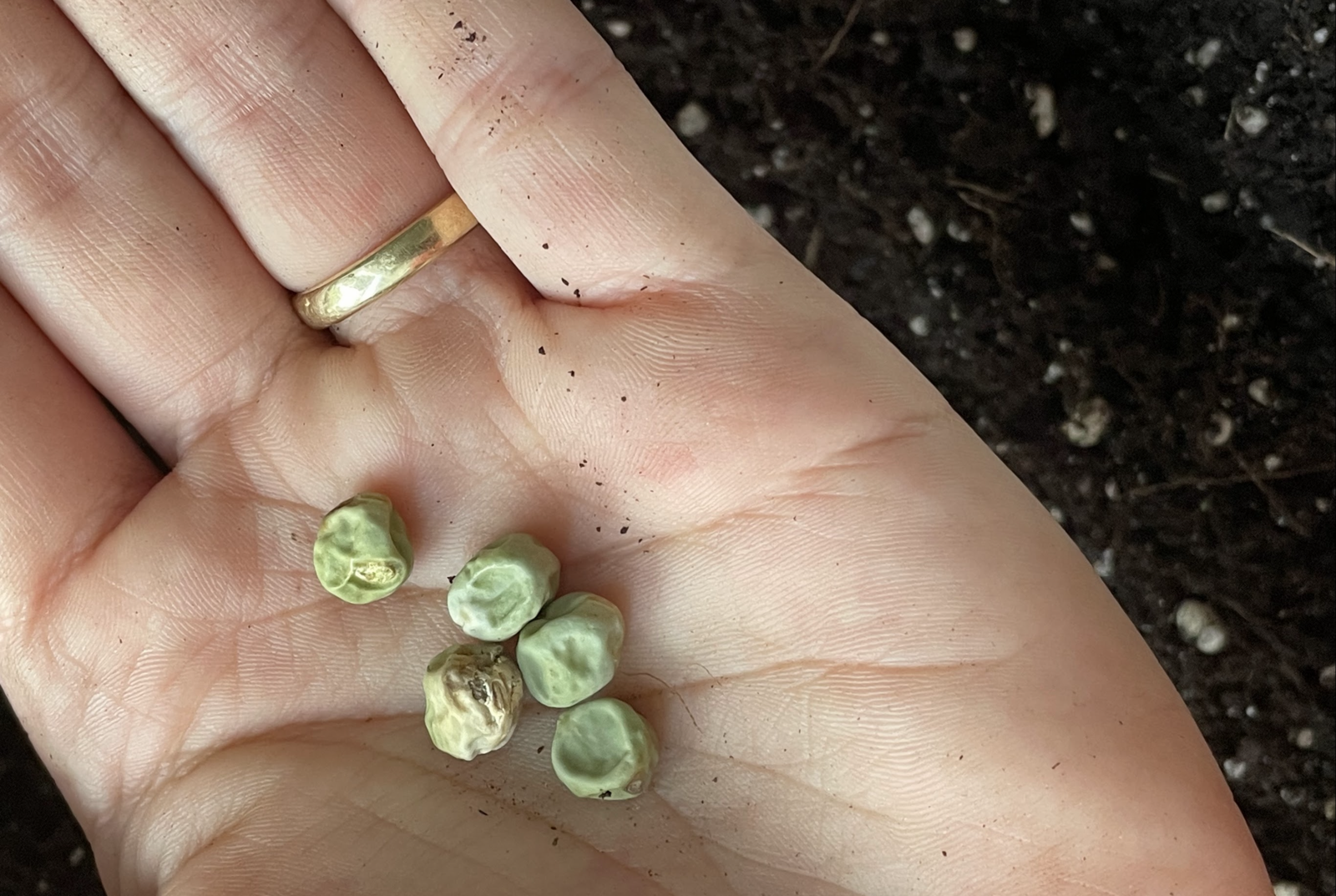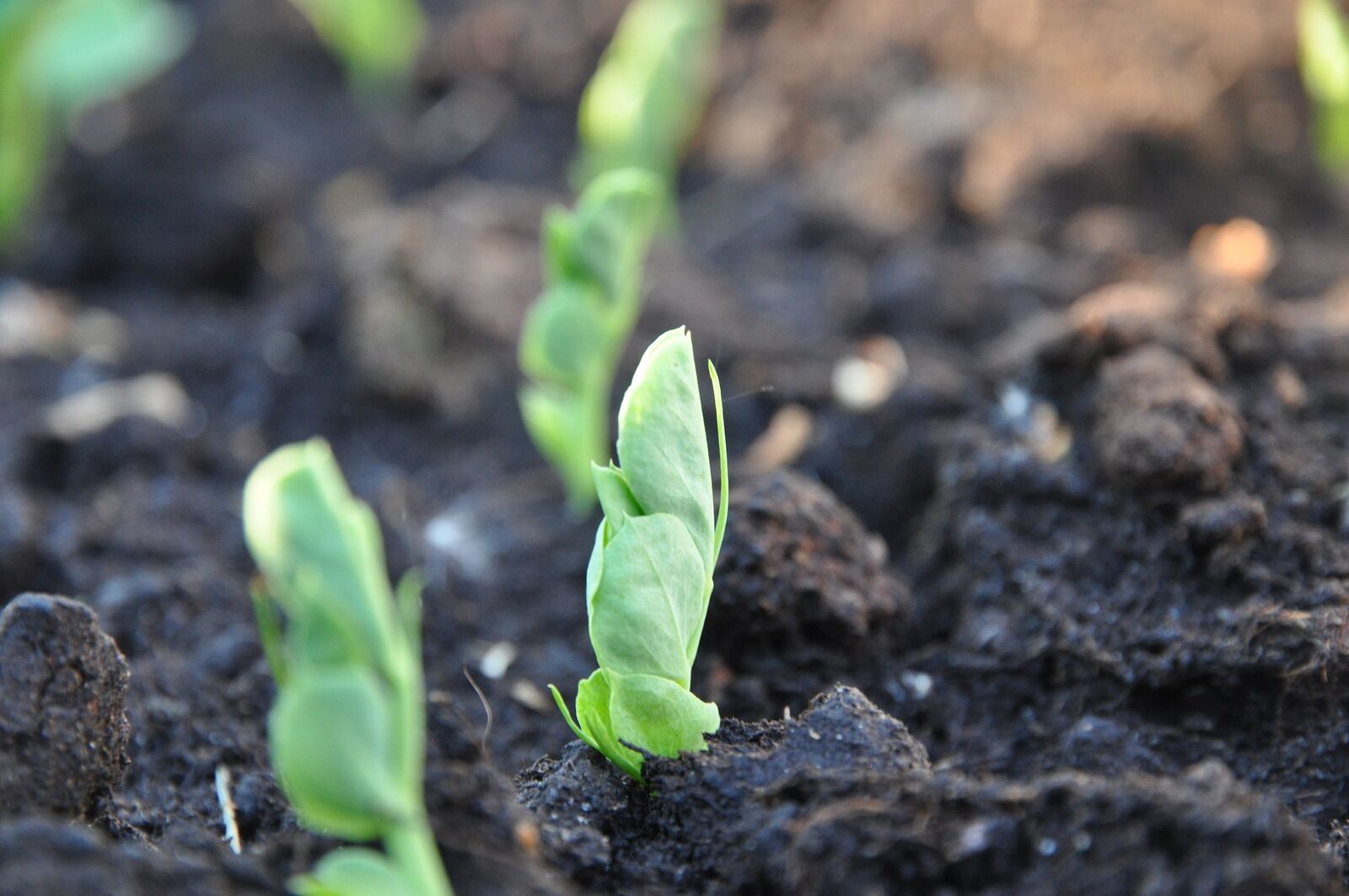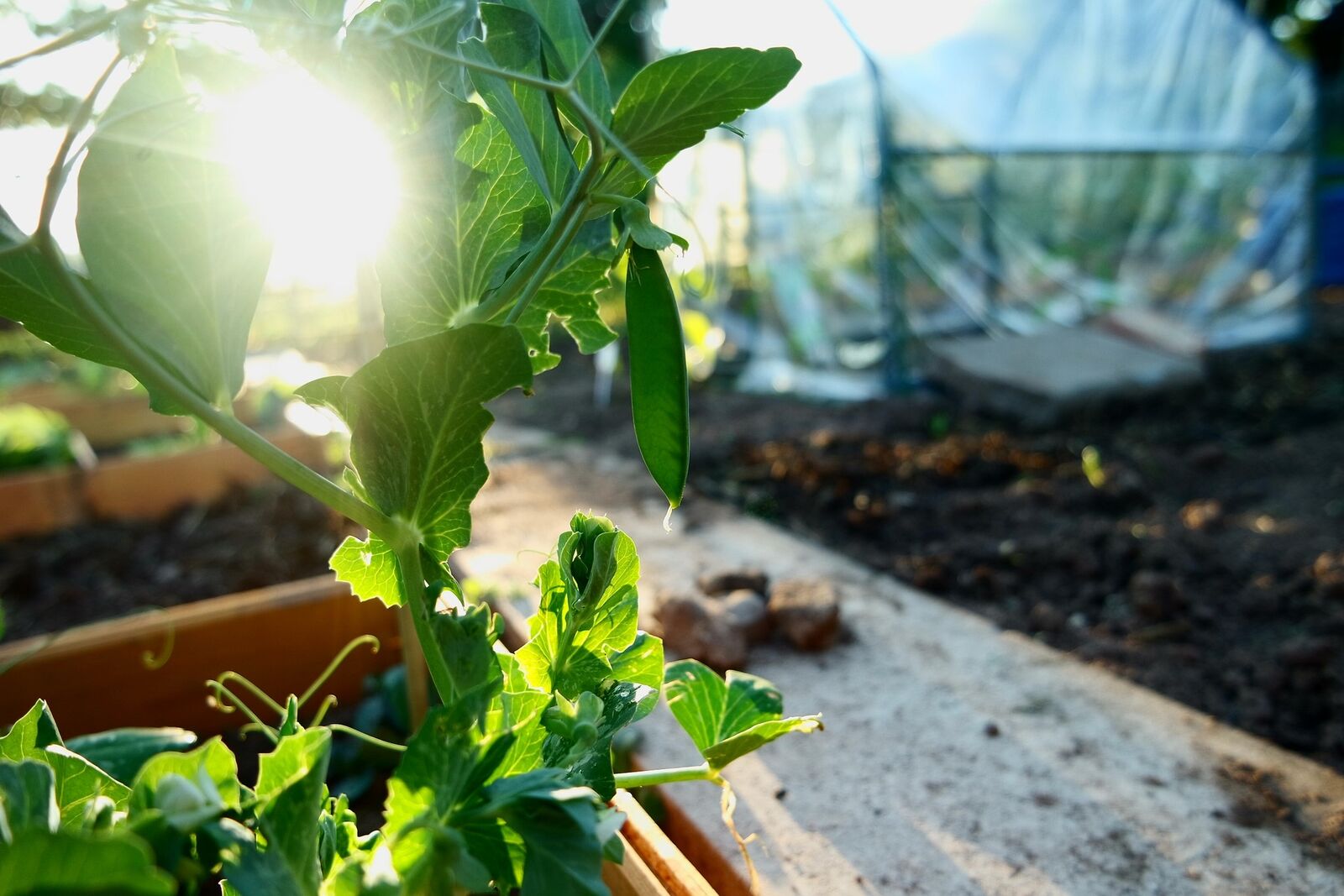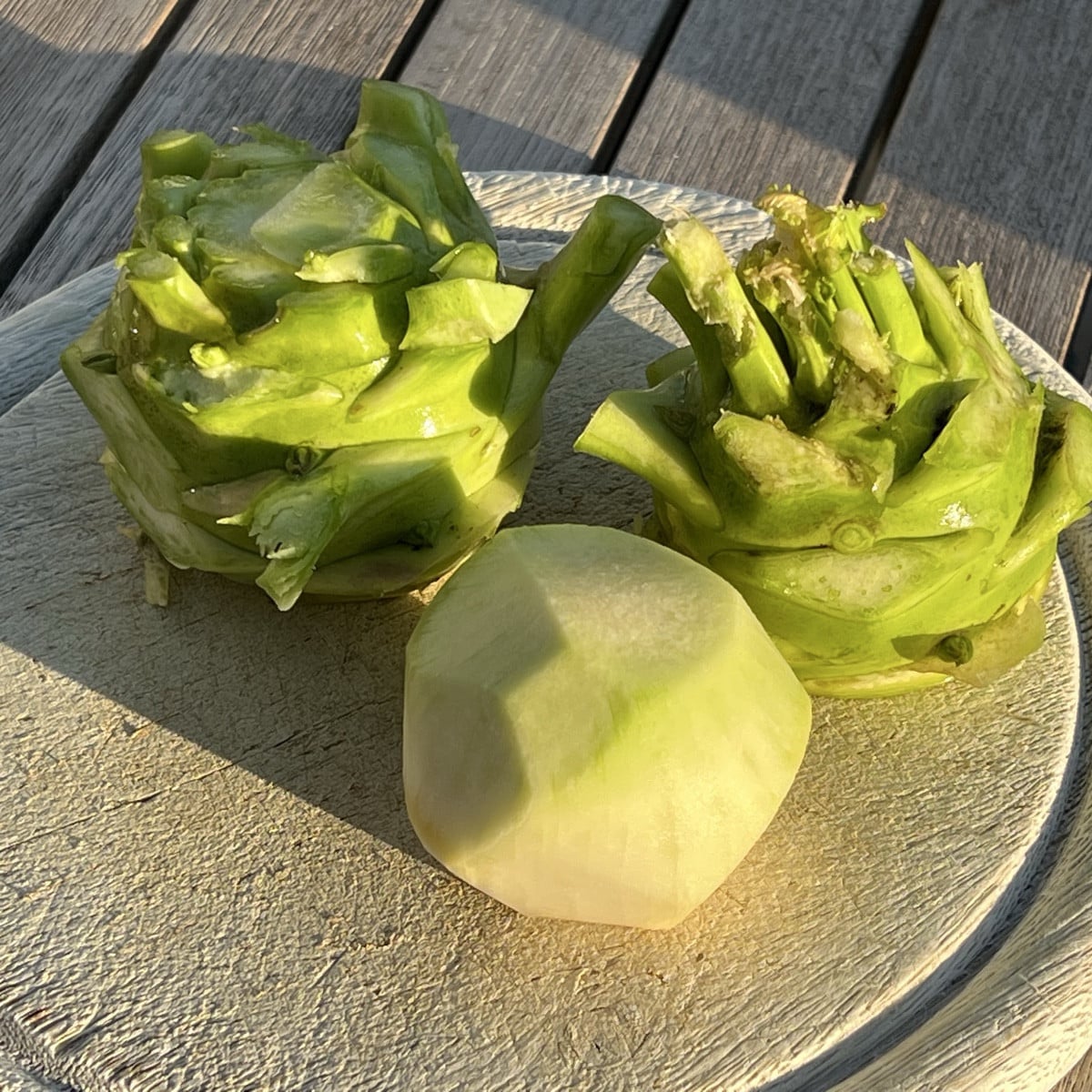
Sowing and Propagating Peas - What You Need to Know
The pea is a real eye-catcher in the vegetable garden with its delicate tendrils and butterfly flowers. But that's not all: the legumes contain lots of fiber, protein and minerals and are therefore super healthy. Reason enough to grow peas in your garden or on your balcony. Find out everything you need to know about sowing and propagating peas in this article.
This Article Contains:
Quick Overview
Sowing Peas - Timing
- Most varieties are sown between March and June at the latest
- Peas tolerate direct sowing better
- If you do want to preplant your peas, do so two weeks before the planting date
Can You Still Sow Peas in July?
- Most varieties are sown by June at the latest
- However, you can sow the variety 'Zuccola' directly into the bed until the beginning of July
Sowing Peas - Spacing
- Sowing depth: 5 cm/2 in
- Row spacing: 40 cm/15.7 in
- Planting distance: 5 cm/2 in
- Increase the planting distance to 10 cm/4 in if you are preplanting and planting out young plants
Pea Plants - Location & Soil
Ideally, Peas grow in a sunny, airy spot with loose soil. Heavy loam and clay soils, as well as particularly wet soils, are less suitable for peas. They prefer a humusy, finely crumbled soil structure with good water retention.
Sowing Peas: How to Sow Them
Sowing peas is very simple, as the large seeds are easy to dose. The seeds are typically sown directly. Place the seeds in water the evening before sowing so that the plants emerge more reliably.
Make rows 40 cm/15.7 in apart, the seed grooves should be about 5 cm/2 in deep . Then place the pea seeds 3 - 5 cm/1.2 to 2 in apart in the seed furrow and press the soil down a little.
Birds like to scrape peas out of the soil after the first sowing. In the early season, the food supply for them is still very limited, so the tasty seeds are just what they need. However, the little thieves can be kept away from the peas in the soil relatively easily by covering them with wire mesh, fleece or netting.

When to Sow Peas?
Depending on the variety, peas are sown at different times. Palmer peas are more robust and can be sown as early as March at temperatures below 5 °C/41 °F. Marrowfat and sweet peas are somewhat more sensitive and can therefore only be sown from the beginning of April when the soil temperature is above 8 °C/46 °F.
Overview: Planting Distances for Peas
- Sowing depth: 5 cm/2 in
- Row spacing: 40 cm/ 15.7 in
- Planting distance: 5 cm/ 2 in

Want to Know More About Planting Peas?
In our library you will find information on the individual varieties with cultivation periods, tips on planting and harvesting. You will also find good and bad neighbours to help you plan a mixed crop.
View Library NowCan You Still Sow Peas in July?
The optimum germination temperature is between 10 and 20 °C/50 and 68 °F, depending on the variety. You can sow peas outdoors at soil temperatures of around 8 °C/46 °F. Pea seeds therefore prefer moderate temperatures for germination and are generally not sown in midsummer.

Most pea varieties are sown earlier in the year between March and May, but usually in June at the latest. There are quite a few varieties that you can still sow until the end of June:
- ,Alderman'
- ,Spring Blush'
- ,Delikata'
- ,Early Onward'
- ,Grandera'
However, the varieties 'Zuccola' and 'Gloriosa' are still suitable for sowing until the beginning of July and can still be sown now. Alternatively, you can wait a little longer and sow peas as a catch crop. For this, you can use winter peas that you can sow between August and October, such as the 'Sima' variety.
Peas - Sow Pea Seeds Indoors or Outdoors?
You can give your plants a little head start by propagating them. In general, however, you should sow peas directly, as they will grow more robustly. In addition, legumes can only enter into symbiosis with nitrogen-fixing bacteria later if they are pre-grown and planted out. This reduces their effect as green manure.
You can read more about Preplanting or Direct Sowing here. Here you can get an overview of which plants can be grown in advance and which you prefer to sow directly.

Tips for Propagating and Planting Out Peas
Only in harsh locations, where the first sowing can only be started late, is it worth pre-cultivating the plants two weeks in advance. Multi-pot trays filled with potting compost are suitable for pre-cultivation. The soil should be kept moist during germination, but not too wet. Depending on the size of the pots, two seeds can be sown per pot. As soon as the seedlings have developed a good root ball, you can plant them in rows 10 cm/4 in apart. As pre-grown plants are generally more susceptible to diseases and pests, you should never plant them too close together.
Want to get helpful gardening tips all year round and plan your own beds in the best possible way? Then register here or download the Fryd app for Android or iOS.
Fryd - Your digital bed planner

Marie
Marie is an agronomist. She is particularly interested in the sustainable and organic cultivation of vegetables and other plants. In her own garden, she gained experience and likes to try things out to learn from nature. She is particularly interested in the values and principles of permaculture, in order to contribute not only to the well-being of nature, but also to the well-being of people and future generations.
Learn MoreCurrent Topics in the Community
New hobby unlocked: guessing plants :D https://flora.metazooa.com/

Liked 7 times
I'm a bit crazy about winter gardens, and in the fall I planted a few leftover "Superschmelz" kohlrabi that were still there as seedlings. Today I harvested and tasted them. The fruits weren't very large, but they were definitely within the normal range. The leaves weren't frostbitten and serve as rabbit food for my neighbors. The kohlrabi have nice, firm flesh. Unfortunately, they are a little bland and dry in taste. I only had a vegetable protection net as protection. So, moderately successful. This year, I will try again, this time with a fleece for the winter.

Liked 10 times
Puzzles...
Show 7 answersPopular Articles

Overwintering Parsley: How to Do It Successfully

How to Grow Lettuce in Winter: Varieties, Sowing, Harvesting

Growing Sage Plant: Tips for Sowing and Harvesting

What Herbs Can Be Planted Together?

Create & Design a Permaculture Garden

Overwintering Plants: Tubs, Pots and Raised Beds

Pruning, Fertilizing & Propagating Currants: Care Tips

Pruning Raspberries: How to Do It

Vegetable Garden With Greenhouse: How to Use Greenhouse Effect

Winterizing Beds and the Garden: How to Do It
FAQ
When is the best time to sow peas?
Peas are typically sown between March and June, depending on the variety.
Should I start peas indoors or sow them directly?
Direct sowing is preferred, as peas grow more robustly when sown directly in the ground.
How deep should pea seeds be sown?
Sow pea seeds at a depth of about 2 in/5 cm.
Some varieties, like 'Zuccola,' can be sown until early July.